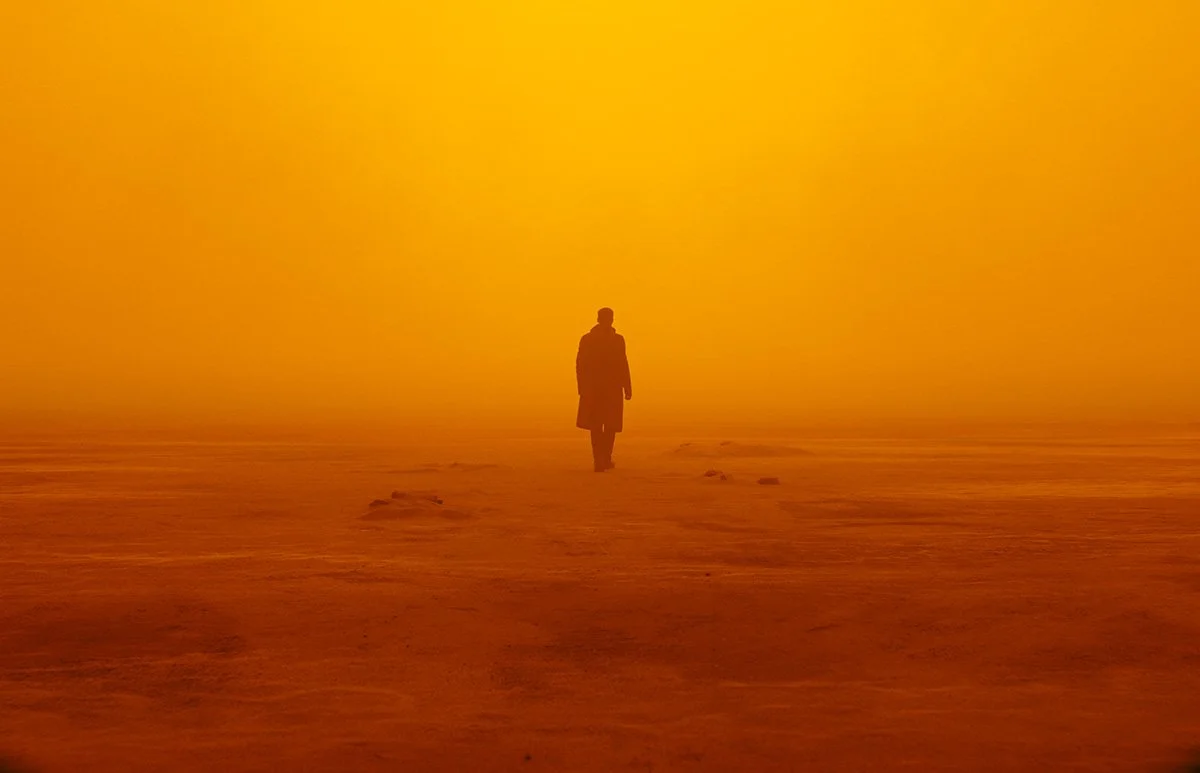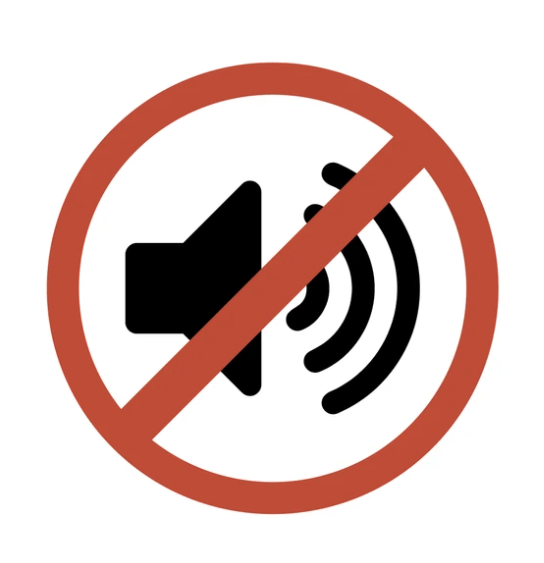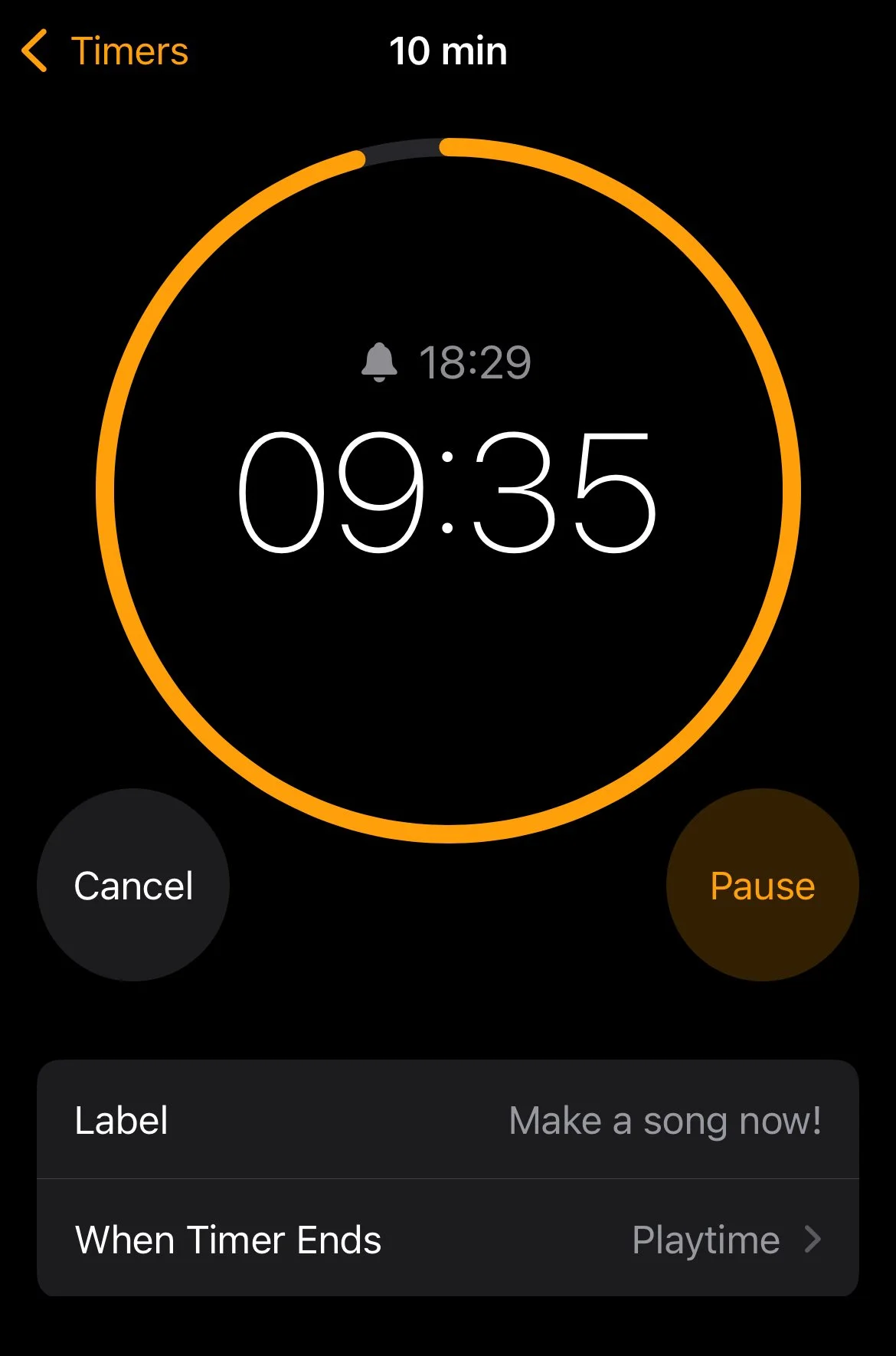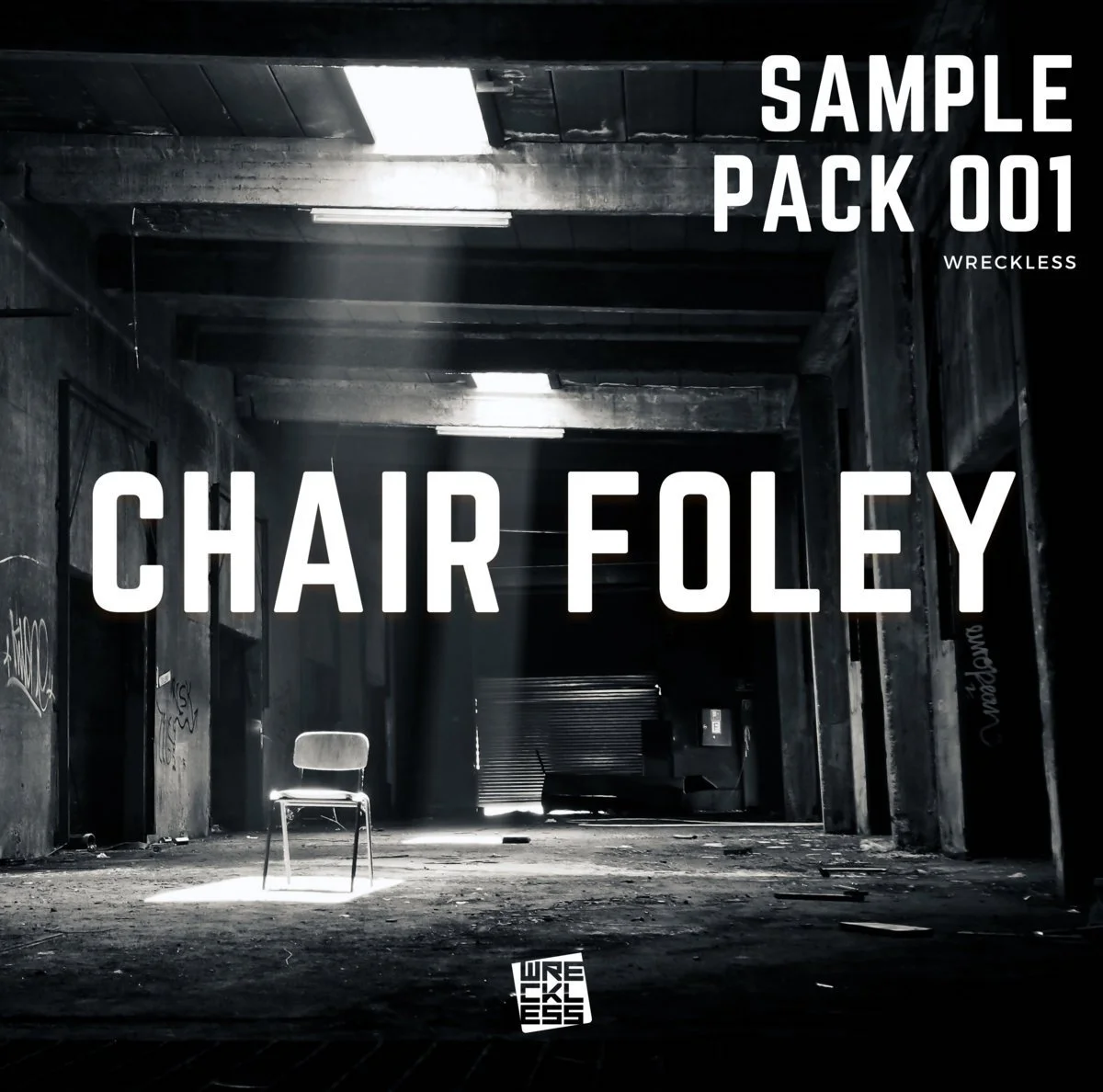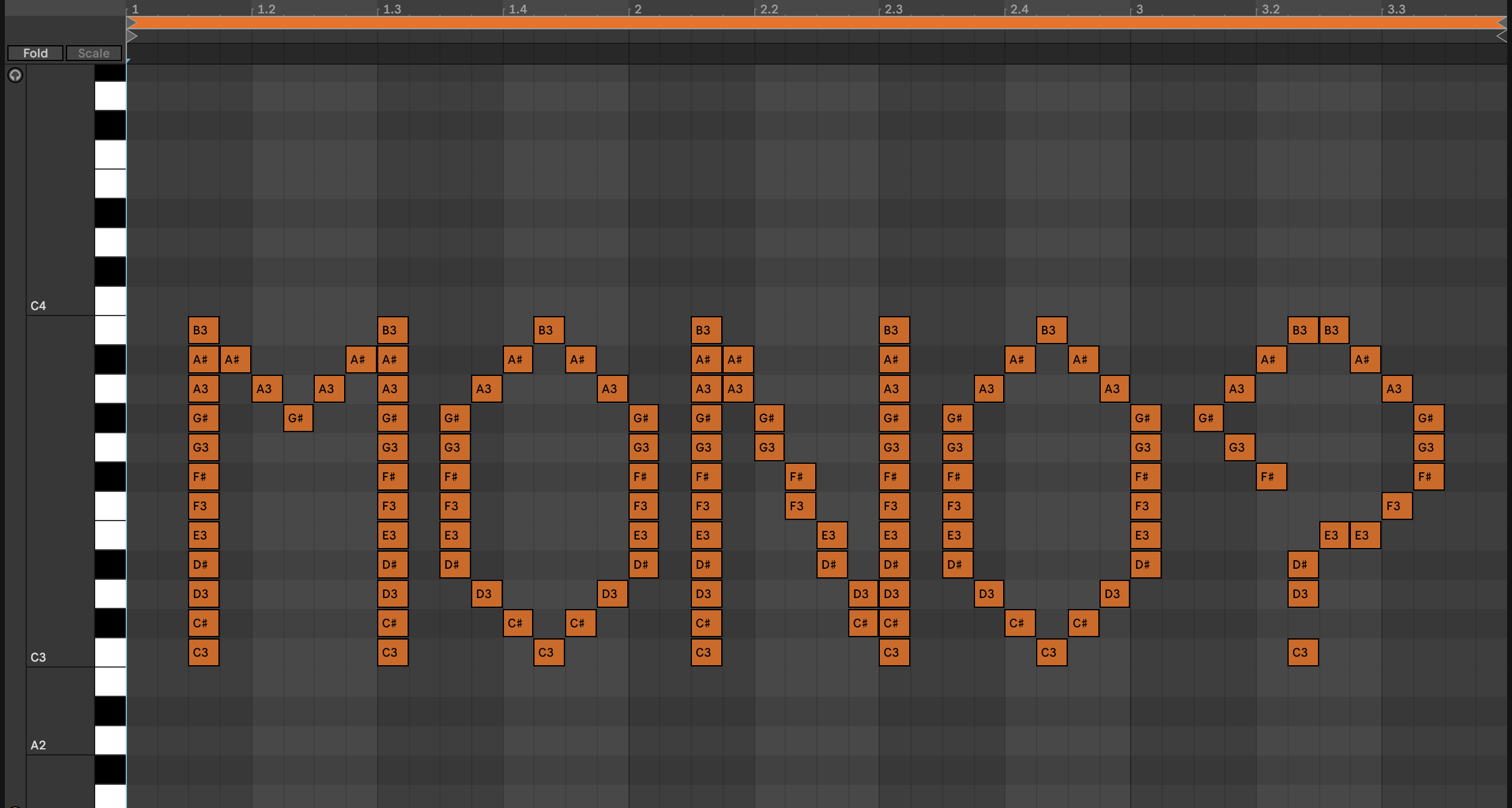Songwriting Ideas - Overcome creative block
Songwriting Ideas
This blog is all about ideas to help inspire your music and songwriting. With some different ideas that should help to spark creativity and give a new source of inspiration when you are struggling with creative block. Let me know in the comments which are your favourites and if you use any for your own music.
1) Find a scene of your favourite film and rewrite the score
Bladerunner 2049
Film music can be orchestral, quirky, popular, happy, scary, tension-building and a whole host of other things. Using a scene from a film gives you the chance to remake the sounds as you hear them in your mind’s ear. This first songwriting idea can inspire the mood of the piece and create some interesting challenges. Here are some of the pros and cons:
Pro’s
You can use a film you know well or a film you have never heard of before
The structure is laid out for you as you follow the images on screen
You can take a musical approach or combine some SFX and Foley into your music
Con’s
The way the film is edited may make it difficult to sync the action screen with your DAW BPM, forcing some decisions that might impact your style
If you know the film too well, you might be plagued by the original score
At some point, you have to stop looking at the movie and what you have left (the audio) can take some substantial work to turn into a musical piece which can stand alone
2) Get some still images from a photographer who inspires you
Liam Wong Photography
Write the music as if this photo were the artwork for your new song. Try and write music to capture the mood of the images you have chosen.
You might be thinking, “This is the same as tip number one”. However, when you dig deeper, there are interesting differences. This works well if you pick two or three contrasting photos and use them as inspiration for the two/three different sections of the track. This can be a jarring or aligned as you want. But imagine the three photos as intro, middle, and outro sections; it has the arrangement development built in, which can be really helpful for bigger picture thinking.
Pro’s
The image gives lots of inspiration for mood and aesthetic
You can pick multiple images that can be similar or contrasting, and use these to inspire different sections
You can imagine that this will be the art for the music, and it is uncommon to have the artwork before the music
Con’s
Quite similar to number 1 on the list
It might make it difficult to find the real artwork for the piece in the future
3) Build on the hype, write the 'next album' or ‘next single’ for your favourite artist before it comes out
What new music are you looking forward to?
Certain artists mean so much to you that you cannot wait for their new music to be released. When you are waiting for an album or a rumoured album, use that opportunity to build on the excitement. Imagine that you are the composer, producer or beat maker for the artist. What do you imagine for their next single? Then make it happen. You also have the self-imposed deadline of when the real project comes out to give you even more motivation.
Pro’s
It is fun to build on the excitement that already surrounds a forthcoming project
It sets a real-life deadline. You can race to get your version completed before their album release date
Con’s
Have to wait for your favourite artist to do a project that has some build-up hype before the release
Might drift too far away from your signature sound if you pick the wrong artist
Might end up sounding too much like the artist overall and not be usable when combined with your other songs
4) Write a whole song without listening to it at all.
No Noise
A producer online, Kyle Beats, did this as a video idea a while back; he made and released a whole song without even listening to it. I think the releasing part was quite a bold and brave choice. However, choosing to mute for the first 20 minutes of the session could create some interesting ideas. Try and get as much of the song done as possible in a short time frame.
Pro’s
It is exciting to be able to hear something you made for the first time without hearing the initial process of making it
May open up some interesting sounds you might not have considered in the past
You can vary how long the ‘no listening’ time is to suit your taste of risk vs reward.
Con’s
It can work for electronic composers, but it might be tougher for a singer/songwriter/instrumentalist
High potential to be a waste of time
5) Write a whole song in 10 minutes. No matter how it sounds! You must complete the entire song.
Writing music against the clock can be super exhilarating and also good for when time is tight in the studio.
I have frequently found that some of my best music was written in the shortest amount of time.
I also use this technique when I am working with a vocalist and we are writing together. I will jam-out 6 starting ideas in an hour, take a break, then come back and see which ones we should finish.
Pro’s
Exercise the speed writing muscles
It can generate many ideas quickly
You don’t have time to overthink
Con’s
Has a higher chance of creating lots of little ideas that won’t get finished
Little to no time for sound design so may need prior preparation time before the writing begins.
6) Create your own sample pack, then write a tune using it
I try to create sample packs as often as possible *shameless plug*. For example, trying to extract as many sounds as possible from a single sound source can be tremendous fun and really push creativity due to the limitations. Using sample packs is great, and I encourage it. However, sometimes it is good to make your own. Setting aside some time to explore a synth, instrument or effect unit could lead to a whole host of sounds. Then, only using that sample pack you made, write a song. Kolectiv just released an album on Dispatch - Circadian Rhythms, which has a similar theme; every single sound was made or recorded from scratch, a very cool concept.
Pro’s
Good to practice sound design and sample pack skills
You have a folder or sounds that might last for a few tracks or even an EP
Get to develop your sound
Con’s
It can be time-consuming
Sometimes you end up with lots of sounds that take up space on hard drives but rarely get used
It can be frustrating to spend time making the sample pack when you want to move forward with the music
7) Sample music from around the world
Sample music from around the world
If you normally sample a certain genre, such as funk or soul, try searching for a country first and then the genre. For example, Spanish Funk, Japanese Soul, etc. Broadening your horizons and stepping outside of your usual sample locations. Of course, with sampling, you always have to be careful with copyright, and you will need to get clearance for the samples if it gets released, but in terms of sparking inspiration, it can be a good starting point. Sometimes in a track, I start with a sample and eventually, as my song gets developed, I remove the sample and finish the idea by writing with my own sounds.
Pro’s
Opens us up to more diverse ideas and sounds
You might have a chance at finding some lesser-sampled music
It can be super fun to listen to all the incredible music out in the world
Con’s
Sample clearance and copyright issues
If you don’t speak the language, you might need to find someone who does to check that the lyrics are appropriate
When going on a sampling mission, sometimes I end up listening to cool tracks for hours, instead of working on my music
8) Make a variant sound by combining film and music genres.
Example combinations, what would a Jazz Thriller sound like?
Begin by writing a list of every film genre you can think of that you like, ie. Sci-Fi, Rom-Comedy, Action. Then write a list of all the music genres you make. For example, some producers may make a few styles of house, some techno and a little bit of ambient music. Then mix the words up (as illustrated above) and start some music in that blended style. Have you ever heard a Comedy Grunge song? How would a RomCom Metal tune sound? What would be the important features of Dub Spaghetti Western? What would Sci-Fi R&B sound like?
Pro’s
Super fun to see all the combinations that come out of the mind-mapping
Can lead to new and exciting ideas for a larger concept project, such as an EP or Album
Con’s
It can be time-consuming, taking time away from actually writing
Due to the random nature of the process, some of the ideas might be too unconventional (but that can also be fun)
9) Let a long sound/recording be your guide for the arrangement
A zoom recording device for grabbing samples on the go.
You can use any long sound or recording to do this. However, this tends to work best when there are clear transients and changes in the sound over 3-5 minutes. For example, a bus journey with people talking, a moderately busy cafe, a shopping centre (that isn’t playing music in the background) or a speech.
Take this long sound and put it into your DAW. Use a quantise tool to sync your recording to the grid. Now use the ebb and flow of the recording as your guide for the arrangement. You can do this on a macro or micro scale, depending on the sound. There are some great videos out there, where musicians take monologues from TV shows or films and then only play notes on the syllables of the speech.
Pro’s
It can be good to bring sounds from your outside world into the DAW
There is a randomness to the recording, which helps with the constant development of the idea
Develops our listening skills to pick the right location
Con’s
It can take a long time to find the right place
There are times when the randomness might be counterproductive
You might end up with loads of recordings taking up hard drive space
10) Make monophonic music.
I know, I know, the image is polyphonic and it says mono? but it was fun…
Try making music where only one sound is triggering at a time. No two sounds can be started simultaneously, including drum parts, bass parts, keys, etc.
It helps to explore the relationships between the different music parts and develop your synth skills (long release times can be a cheat code here). It might also help with the final mix?
Pro’s
Involves creative problem-solving
Start thinking about the relationships between parts
Some DAWs, such as FL, can make this easier when you can see all the MIDI for multiple parts simultaneously
Con’s
Heavily restrictive, and so might not be able to make anything viable
Some DAWs you will have to do a lot of back and forth or workarounds to see the MIDI, and that there is only one note at a time
11) Random Preset Synths
A Random Preset on Serum
When making the song, when you load any synth, any instrument, sampler or any plugin, you must pick a preset at random. Whatever it does, you have to use it in production. A tough rule, but you must not judge the sound. Simply use it.
Pro’s
Helps you to consider some sounds or effects that you might not have used in the past
Adds an element of randomness to the production process
Con’s
It can be too random at times if you land on an obscure preset
Sometimes it can be a waste of time, trying to get a sound to fit when it doesn’t (consider imposing a time limit)
12) The Constrating Preparation Game
Late Night and Bright Lights Contrast
This idea was inspired by a producer called Optical.
Most producers have a big pack of samples that they can draw from. Make a new folder for samples for your next song and, when auditioning the samples, play the contrasting game.
Step 1: Pick any sample that you like, put it in the folder and analyse its main features. For example, a short, dry, high-pitched, synthetic snare. Step 2: When picking the next sample, choose something that is as far away from the first one as possible. You will be looking for a longer, processed, low, natural drone (for example). Return to step one and repeat until you are ready to start writing.
Pro’s
Gives you a varied palette of sounds that you can use as a starting point for your music
Con’s
You need to have a large and varied amount of pre-made sounds to be able to do this
It might be quite challenging putting these contrasting sounds together (but this is part of the fun)
Those are the first 12 prompts for songwriting ideas. If you do make anything using these techniques, I would love to hear about it in the comments. Feel free to send me a link. I won’t be able to respond to all messages, but I am interested in finding out which ones work for you.
Look out for pt2!
If you would like to develop your music production or you are interested in 1-to-1 tutorials check out the services listed below:
Matt Chapman20th September 2025